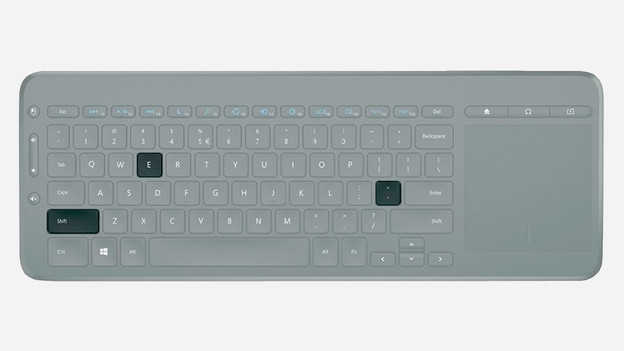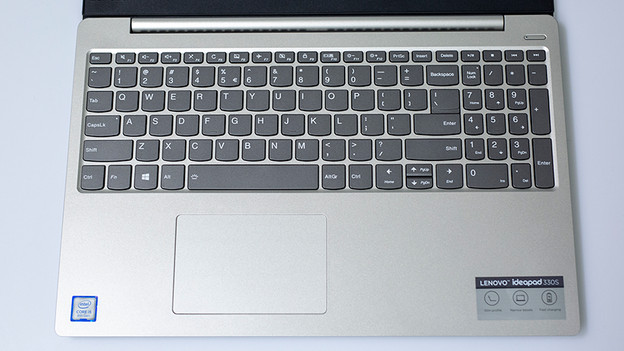
Written by Lucinda
Edited on
28 August 2024
·
06:49
How do you use keyboard characters in Windows?
You can try to avoid words with special characters as much as possible, but sometimes you just can't. In this article, we'll explain how to use the characters above the numbers on your keyboard in Windows. In addition, you'll literally learn exactly how to dot your 'i's.

Use the characters above the numbers
There are other characters on the row of keys with numbers on it. To use this, a key combination is required.
- You activate the visible symbols like the @ with the 2 and the ! with the 1 by pressing the Shift button in combination with the number with the symbol.
Please note: the ^ on key 6 will only appear if you type a space after the key combination or type a letter with a circumflex like the e.

The Euro sign
The Euro sign is a special case.
- For this symbol, hold down the Ctrl key and the Alt key while briefly pressing the 5.
A € appears on your screen. Although this symbol is not always visible on a keyboard, this combination always works. Among the rest of the numeric keys are also hidden characters that you activate with ctrl + alt. You can find the ² above 2 and the ½ with the 7.
Stripes and dots on letters

E with dots (ë)
If you want to type an e with dots, you need a different combination of keys.
- Hold down the shift key and briefly press the key with ". Release both keys and type the e.
An ë will appear on your screen, also known as an e umlaut. It also works for the i, u, a, and o.

Dash on the e (é)
- For an e with a dash, or accent aigu, briefly press the ' . You won't see anything right away. If you type the letter e directly after, you'll see an é on your screen.
This also works for the i, o, u and a. A dash in the other direction is called an accent grave. You type this by briefly pressing the button next to the 1. Then you type the e and the è will appear. The same goes for the u, i, o and a.

Fn key
Finally, there is the Fn key. A key often located on the bottom left of the keyboard next to the Ctrl key. If your keyboard has that Fn button, it often has a blue color like some other characters on the keyboard like the euro symbol on the 5 key. As soon as you hold down the Fn key and press 5, the € sign appears on the screen.
A different character appears than the one I entered
Sometimes you get to see a different character than you typed on the keyboard. For example, you may see a "=" appear if you actually have a? wanted to have. Chances are that the input language of your keyboard has changed. You can solve this by resetting the language of your keyboard. You can read how to do this in the following article.
Article by Lucinda
Keyboard Expert.
